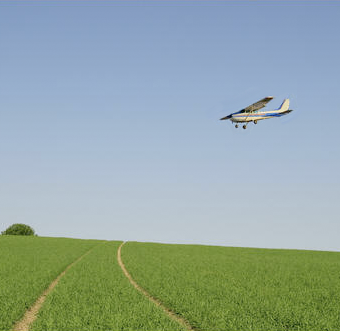Subscriber question:
"I had an engine failure on downwind. I spent too much time trying to restart the engine and ended up in a plowed cornfield instead of on the runway. To my credit, once I realized I blew it, I concentrated on landing the airplane. But I forgot to block the door open, tighten my seatbelt, kill the master, and shut off the fuel. I broadcast on UNICOM but nobody paid attention because I didn't say 'Mayday.' I walked away unscratched, but the airplane was eventually totaled. At what point is it useless to try and restart the engine?" — Fred R.
Bob:
 “Always insightful to hear from one who’s been there. Yes, there is certainly a point where you must stop trying to restart your failed engine and prepare for the landing. (Notice I didn’t say ‘crash.’)
“Always insightful to hear from one who’s been there. Yes, there is certainly a point where you must stop trying to restart your failed engine and prepare for the landing. (Notice I didn’t say ‘crash.’)
There are certain priorities in every emergency. For engine failure, aircraft control and proper airspeed management are your priorities. As conditions permit, running a checklist to attempt restart will come into play.
Finding a safe landing area is also crucial. Hopefully, with an engine failure on downwind, we can still make it safely back to the runway. Keep that downwind leg tight enough to make that happen.
Once committed to a landing, getting the door opened and fuel shut off are very important. Removing ignition sources would also be helpful. Mayday calls would certainly enhance your rescue prospects as would a transponder change—but these items should not in any way compromise your aircraft control.
Sounds to me like you handled your situation in a safe manner with good priorities to prepare for the landing. Practice makes perfect since, during the real thing, you only get one shot at it.”
Have you ever experienced a forced landing? (This could be one that ended on or off airport.)
